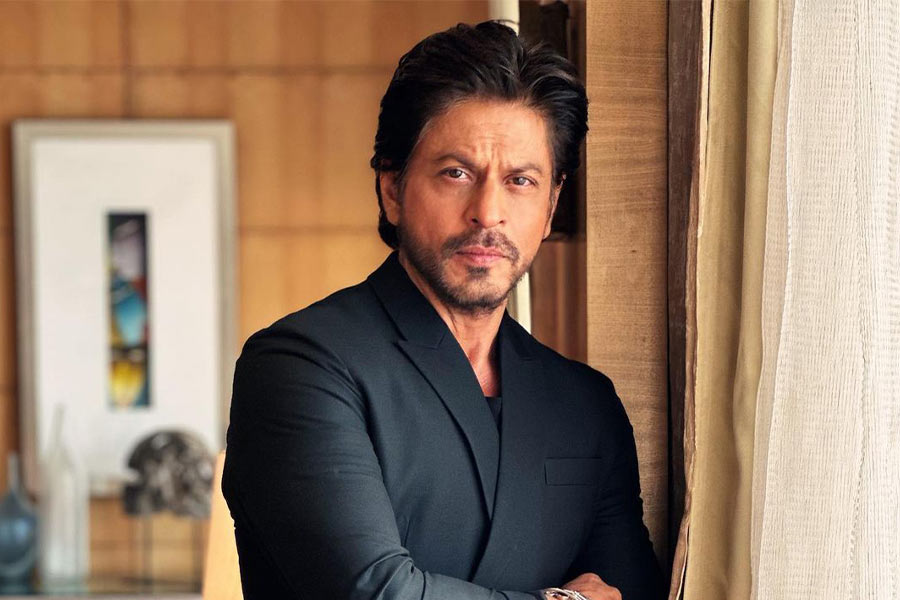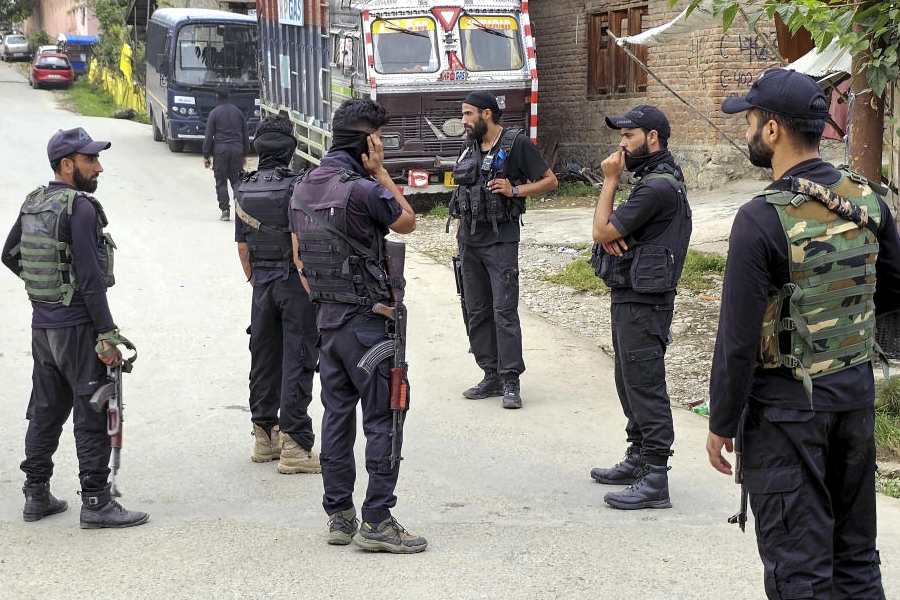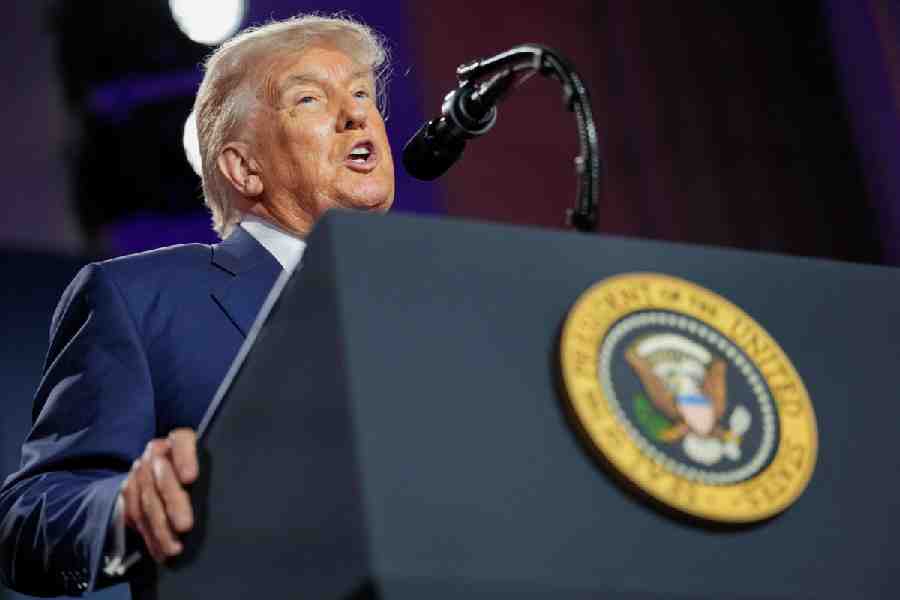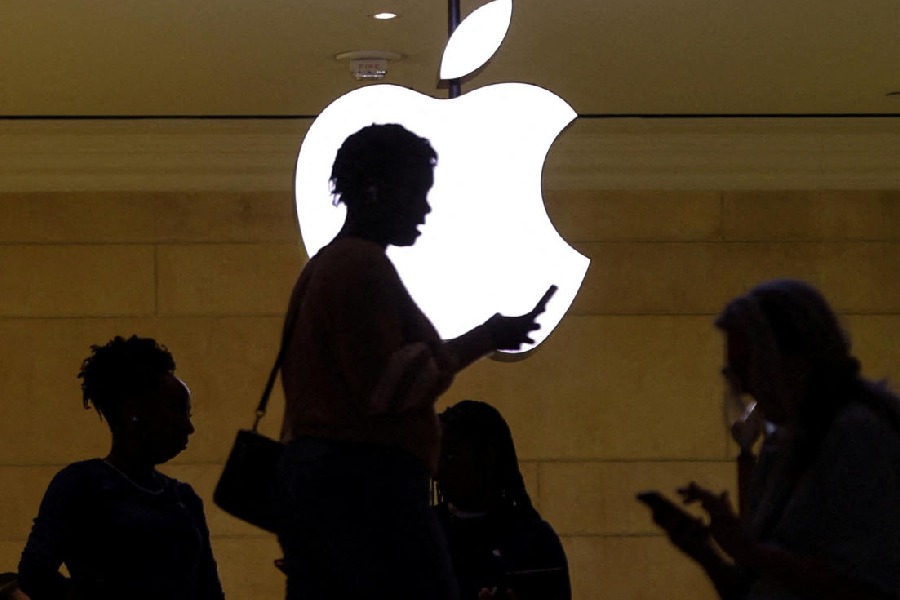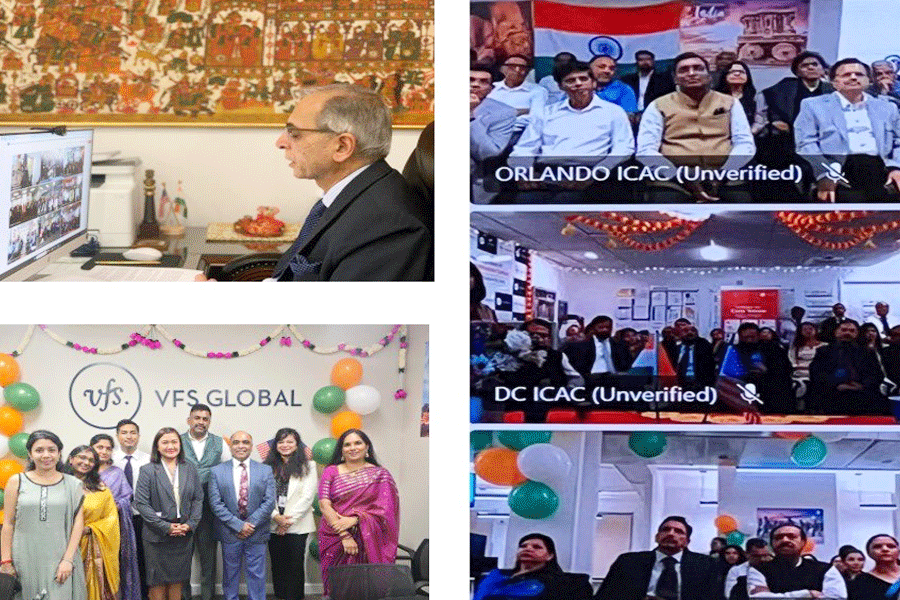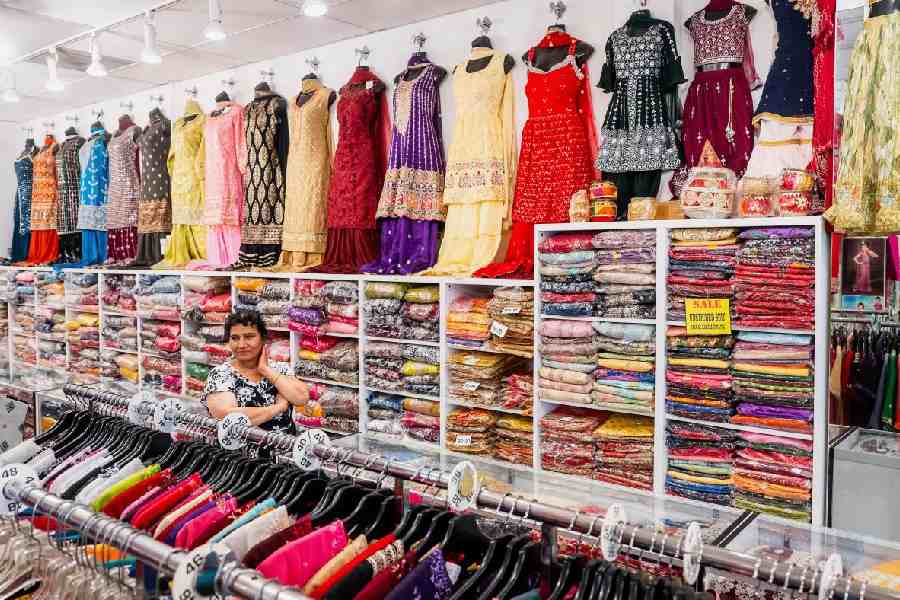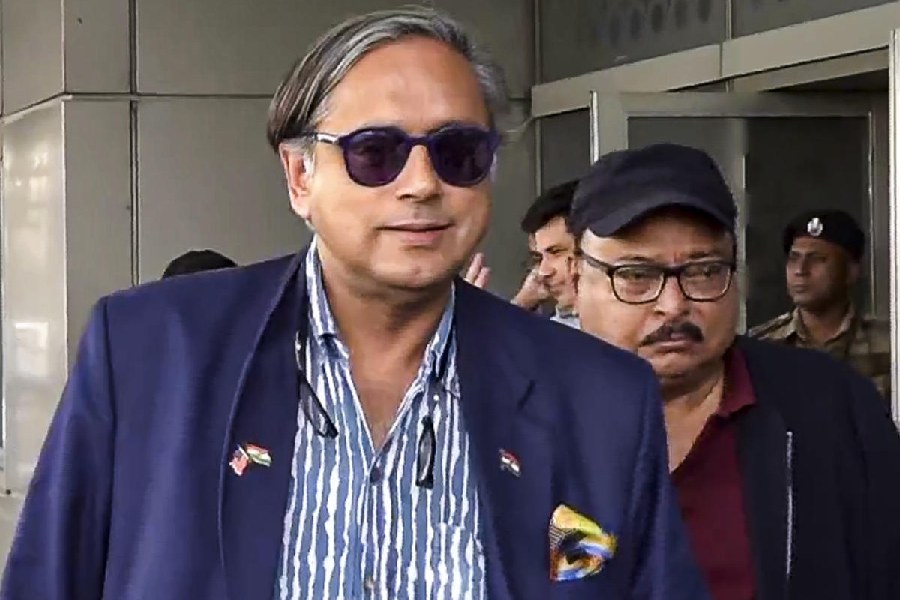 |
March 2006. Raj Thackeray had just launched the Maharashtra Navnirman Sena (MNS). The new party, he promised, would work towards a regenerated, youthful and modern Maharashtra. The different colours in the party flag, he explained, represented different religions.
Thackeray appeared to be not only breaking away from his formidable uncle, Bal Thackeray’s Shiv Sena, but also rejecting the older leader’s divisive politics. Navnirman, which means reconstruction, itself implied newness.
Cut to 2008. Raj Thackeray’s verbal fusillades against north Indians in Mumbai, there is general agreement, are a throwback to the senior Thackeray’s anti-south Indian fulminations in the mid-1960s.
Health and family welfare minister Anbumani Ramadoss’s battles with All India Institute of Medical Sciences director P. Venugopal and former communications minister Dayanidhi Maran’s clashes with the Telecom Regulatory Authority of India (Trai) are seen as more than mere turf wars.
“It smacks of the old mentality which saw independent institutions as personal fiefdoms,” laments a senior minister, “you don’t expect young educated professionals to behave like this.”
They may be dressed in well-cut suits instead of ill-fitting kurta pyjamas, speak in clipped public school tones and not with regional accents, be more at ease in an urban milieu than the rough and tumble of grassroots politics. But scratch the surface gloss and Gen-X politicians — some sections, at least — seem no different from their older counterparts. Anything is chalega to get votes, seems to be the motto.
Comparisons are immediately drawn with Rajiv Gandhi. Amidst all the gaffes he committed, he wowed the middle class by speaking a different language from the jaded politicos of his time. He set Congress party dovecotes aflutter when, in his speech at the Congress Centenary celebrations in Mumbai in 1985, he hit out at “the brokers of power and influence who dispense patronage to convert a mass movement into a feudal oligarchy.”
Though Bhupinder Brar, professor of political science at Punjab University, says it was more of naiveté on Gandhi’s part, a fellow at a Delhi-based think tank feels Gandhi brought a whiff of fresh air to politics. “He may not have been able to achieve anything ultimately, but at least he signalled something different. The younger lot today is not doing anything that will excite people’s imagination,” he says.
 |
 |
 |
 |
| On the beaten track: (From top) Sachin Pilot, Raj Thackeray, A. Ramadoss and Dayanidhi Maran |
Nor is the performance of young MPs very impressive. That could have something to do with the party structure where experience gets more talk time. But even in terms of attendance, the younger set is a tad behind the older generation. A study by the Parliamentary Research Service, an independent organisation, shows that between June 2004 and December 2006, the average attendance of MPs in the 25-40 age group, at 70 per cent, was the lowest. The highest attendance — 76 per cent — was recorded by the 61-70 age group.
Why expect the young to be different, asks Yogendra Yadav, fellow at the New Delhi-based Centre for the Study of Developing Societies. Associating youth with freshness, he says, is a legacy of the 20th century’s revolutionary left wing politics and may not reflect reality. “It is not that the youth are conservative, but they are usually the carriers of the dominant political culture of the times.” That’s not true, says BJP spokesperson Prakash Javdekar. “The young mind is a creative one. You find a new energy, new ideas in the youth. That’s why we need more young people in politics.”
Javdekar points out that many young people cutting across parties at the grassroots level are doing exemplary work. “Don’t just look at the children of political families who have risen to the top and are in the public eye,” he says. “It’s not fair to generalise,” says Brar. Perhaps. After all, five young MPs — Supriya Sule of the Nationalist Congress Party, Shahnawaz Hussain of the Bharatiya Janata Party, Jay Panda of the Biju Janata Dal and Sachin Pilot of the Congress — have come together to form a group on nutrition.
But what prompts Wharton-educated Pilot to throw himself into the thick of a caste-based agitation? In 2007, when the Gujjar community in Rajasthan agitated for scheduled tribe status, Pilot was quick to bat on their behalf. It’s purely tactical, says Yadav. The Gujjar agitation was a perfect opportunity for Pilot to stand out amidst the clutter of young politicians in the Congress and consolidate his vote bank by projecting himself as a Gujjar leader like his father, the late Rajesh Pilot. When Raj Thackeray found his party going nowhere, he found his bearings by stealing the Shiv Sena’s main plank.
Former Haryana chief minister Bhajan Lal’s son Kuldeep Bishnoi went on the offensive against the special economic zones in the state only to take on present chief minister Bhupinder Singh Hooda. Unfortunately, the move backfired and Bishnoi was expelled from the Congress.
“These are young people in a hurry. Many have an exaggerated view of what is their due and want it too soon,” says Brar. “They’re unwilling to struggle like the older generation did and resort to traditional methods, often as a last resort, when they get frustrated.”
Nonsense, retorts Pilot. “I didn’t spend four days in solitary confinement in jail without even a blanket just for publicity. I could have merely courted arrest for that. I won’t do things that will negatively impact society just to be in the news.” The Gujjars were demanding implementation of a pre-poll promise made by the party in power in Rajasthan and were crushed by brute force, says Pilot, referring to police firing on Gujjars in which several people were killed. “As a politician who cares for human life, I can’t simply sit back and watch, bogged down by an image of me set by others.”
If the younger politicians often appear worse than the older generation, it is because of their inexperience, says Yadav. The struggles their parents went through made them more mature. Take both Ramadoss and Maran, who were suddenly pitch-forked into national politics. Ramadoss was a practising doctor, whose father — M. Ramadoss, founder of the Pattali Makkal Katchi — wanted to concentrate on state politics.
Maran was handling his family’s cable television business when his grand uncle, DMK chief M. Karunanidhi, decided he would be the party and family’s face at the Centre after the death of his father, Murasoli Maran. Both got ministerial positions because of their respective party’s clout in a coalition government. “The trappings of power went to their head. Their only role model was the DMK,” says Cho Ramaswamy, editor of the Chennai-based Tughlaq.
Young leaders, notes Yadav, are the product of the route through which they come into politics. In the 1960s and 1970s, young politicians came up through protest movements and therefore brought in change. The route now is dynastic succession and they follow the family legacy. Gen-X now is certainly not like the Young Turks in the Congress in the late 1960s. The group, which included former Prime Minister Chandra Shekhar, former Union minister Mohan Dharia and the late Krishna Kant, the former vice-president — mostly then in their late 40s and 50s — helped Indira Gandhi take on the old guard in the Congress and give a leftward tilt to her policies. The idealism of the freedom movement and the left radicals of the 1970s have given way to an acceptance of the system, notes Brar. “Nobody is trying to subvert or overthrow the system.”
There is an element of conformity that the system imposes, admits the Delhi-based academic, but leadership is all about rising above constraints.
Those who have risen because of dynasty can’t be expected to do that, argues Javdekar. Sukhbir Badal, son of Punjab chief minister Prakash Singh Badal, could perhaps prove him wrong. The 46-year-old California State University educated head of the Shiromani Akali Dal is busy trying to mould the religion-based party into a corporate entity, blending the old with the new. “The new generation of leadership in the Akali Dal is a marked contrast to the traditional politics of the Akalis,” notes Brar. “The idiom is definitely changing.”
Perhaps the most telling example relates to the Dera Sacha Sauda imbroglio in 2007 when the Sikh hardliners wanted the Dera, a Haryana-based spiritual organisation, banned for reportedly hurting Sikh religious sentiments. Sukhbir, otherwise the de facto chief minister of Punjab, kept a low profile and let his father handle the crisis. He travelled to the violence-affected areas only after calm returned, choosing not to fan angry passions.
That’s probably because his position in the party is secure. It remains to be seen how he will respond if that is threatened in any way, notes Brar. He could then well throw his lot with the hardliners. “It’s a natural psychological response,” says Brar.
The younger generation will bring in positive change, says Pilot. “It is happening slowly, across the country, across parties.”
That has to be seen. The nation is waiting and watching.


